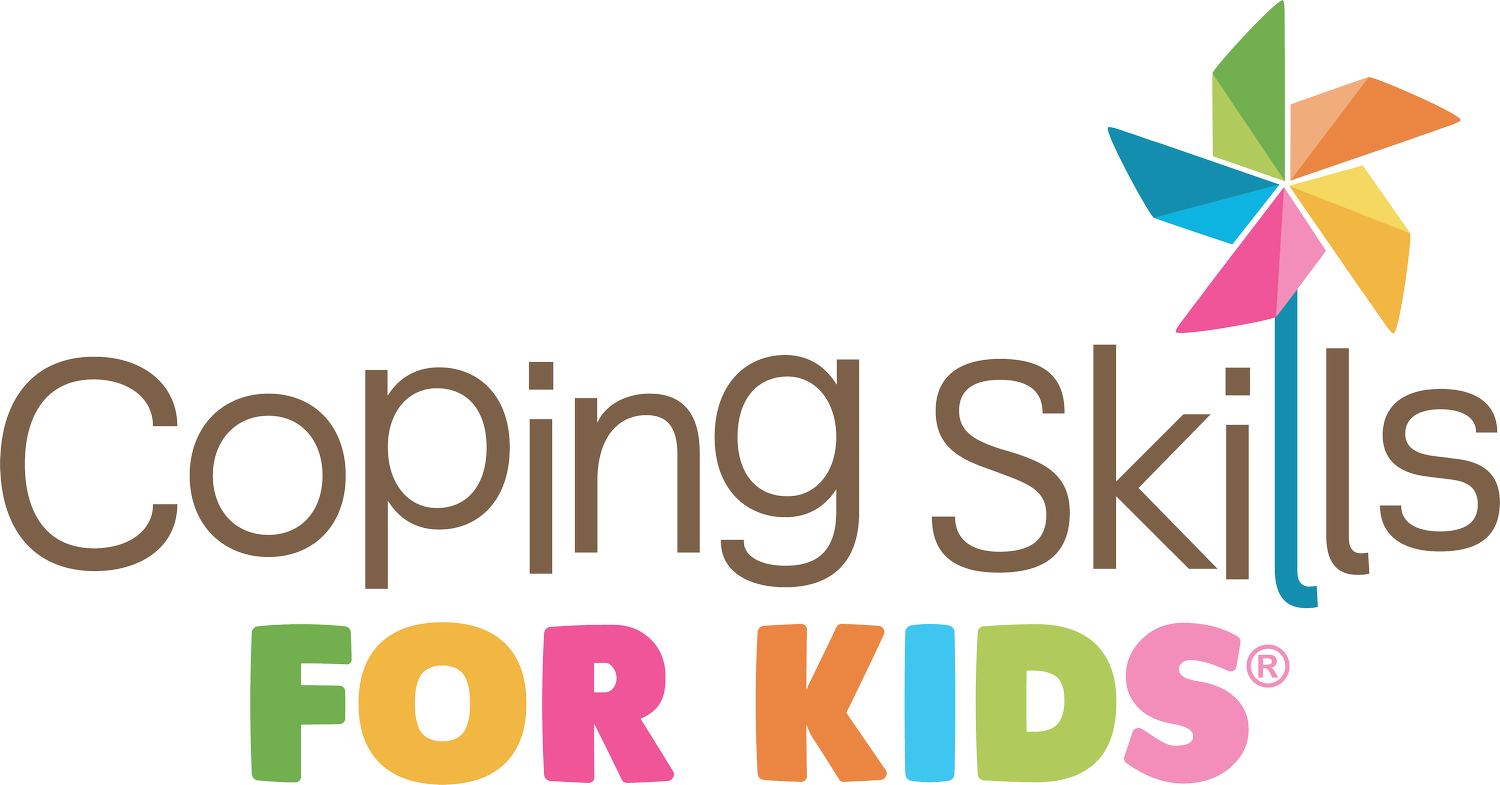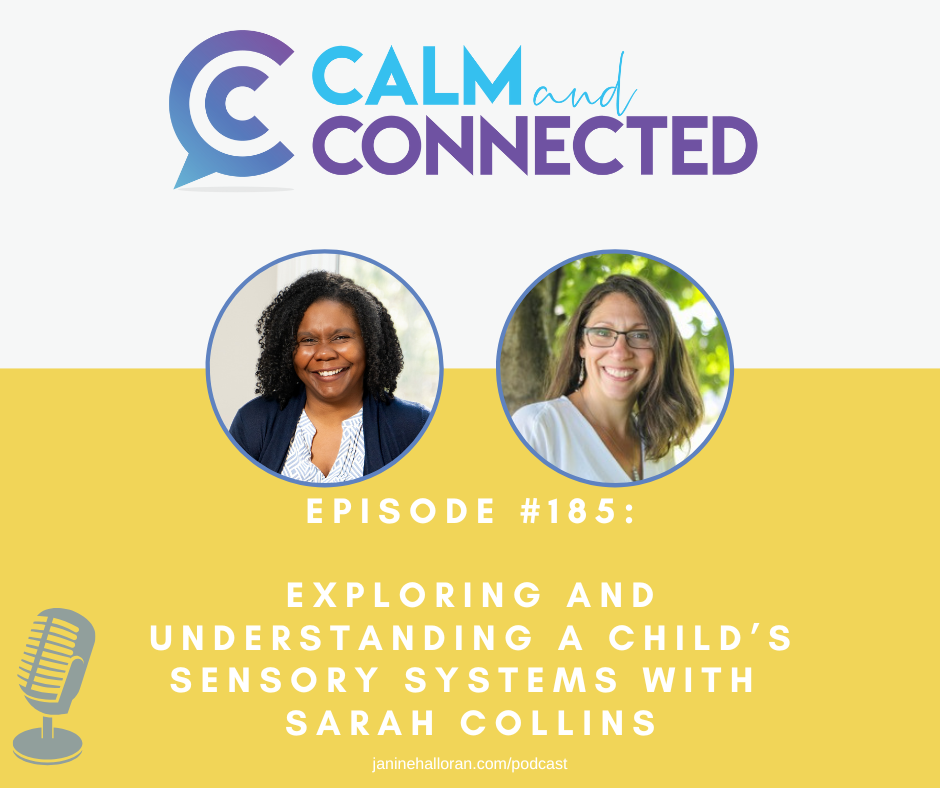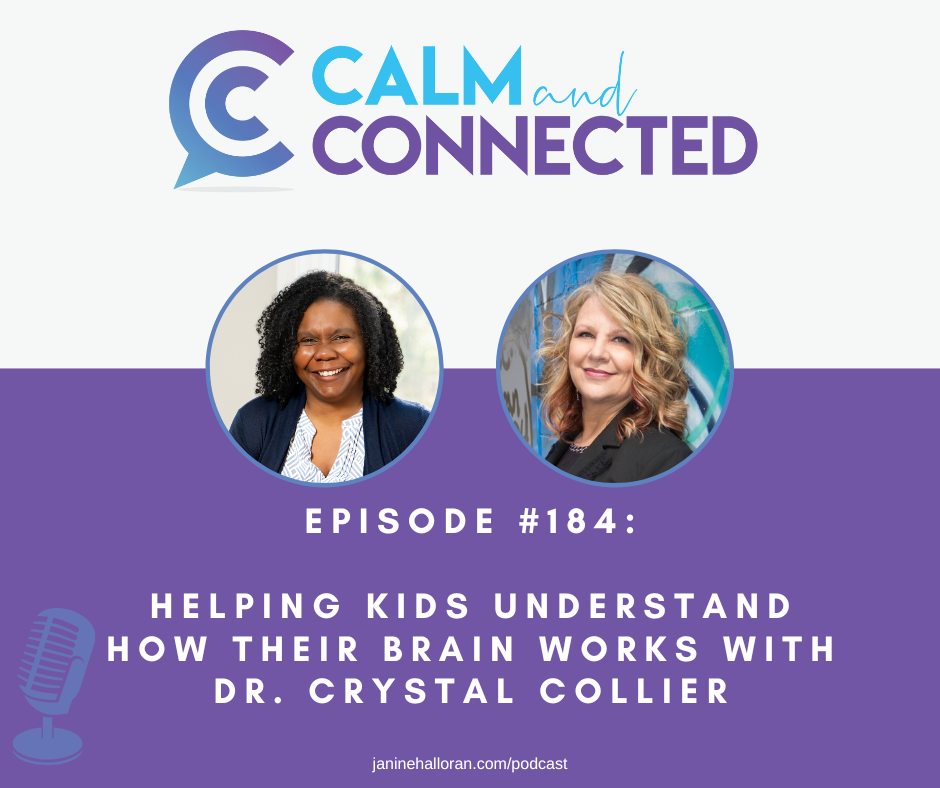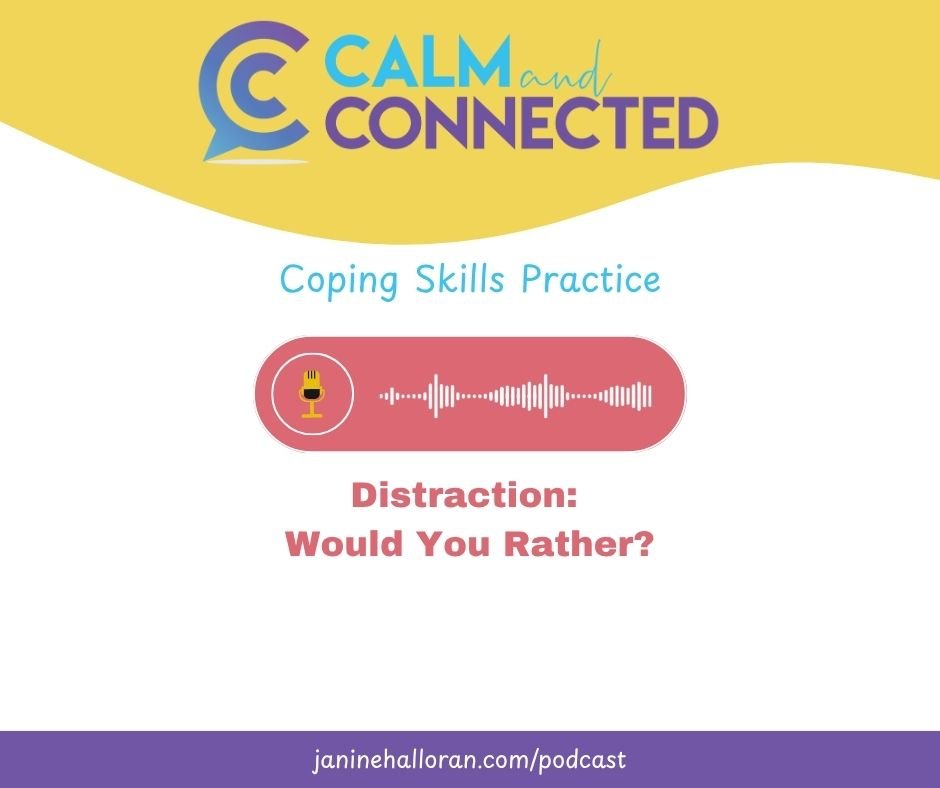Inside: Instructions for making your own feeling faces chart using your own children's faces
What’s your favorite emoji?
I personally like this one…
And this one…
Emojis are like a modern day feeling faces charts. When I first started out as a therapist, there was that one particular image of feelings faces that everybody used. Nowadays with emoji's everywhere, there are so many more choices out there for creative feeling faces charts.
Why use a feelings faces chart?
Having a visual for feelings is quite helpful. You can use a feelings face chart to help kids identify what they are feeling. Or it can help them figure out what others might have been feeling. Maybe they’re not exactly sure what they were feeling or what others were feeling - they can use a visual chart to figure that out. It can be easier to look at a face and figure it out rather than just naming an emotion.
Besides using emojis or the tried and true “how are you feeling?” faces chart, there is another fabulous way to create a feelings chart for both school and home - making your own individualized feelings faces chart. It's easy to do!
Get your feelings faces
Start with identifying a few feelings you want to focus on. You could keep it as simple as happy, mad, sad, and scared. Or you could make it a little bit more complex and add in feelings like embarrassed and worried or frustrated or silly or confused.
Gather images of real kids showing these different emotions. You could do this a few different ways:
Take pictures of your own children.
Use stock images of children. Sites like pixabay have images you can download for free.
You could also do this at a school with your students as long as you have permission to photograph.
Whether you’re taking photos of kids or finding images, use this as a teachable moment. Have conversations about what happens to somebody's face when they feel certain ways. For instance:
When a person is mad, a person’s eyebrows are pulled down and their lips may be tight.
When a person is scared, their eyebrows are pulled up and together and their mouth is stretched.
When a person is happy, their cheeks are raised and their lip corners are raised diagonally.
When they are sad, the inner corner of their eyes are raised, their eyelids are loose, and the corners of their mouth are pulled down.
Put your feelings faces chart together
Print the photos and write the feeling each face represents underneath the photos. Post it someplace that can be easily accessed. Next time you want to use a feelings face chart, you can now use this personalized kid friendly chart.
Feel free to use adorable emojis too :-)



















